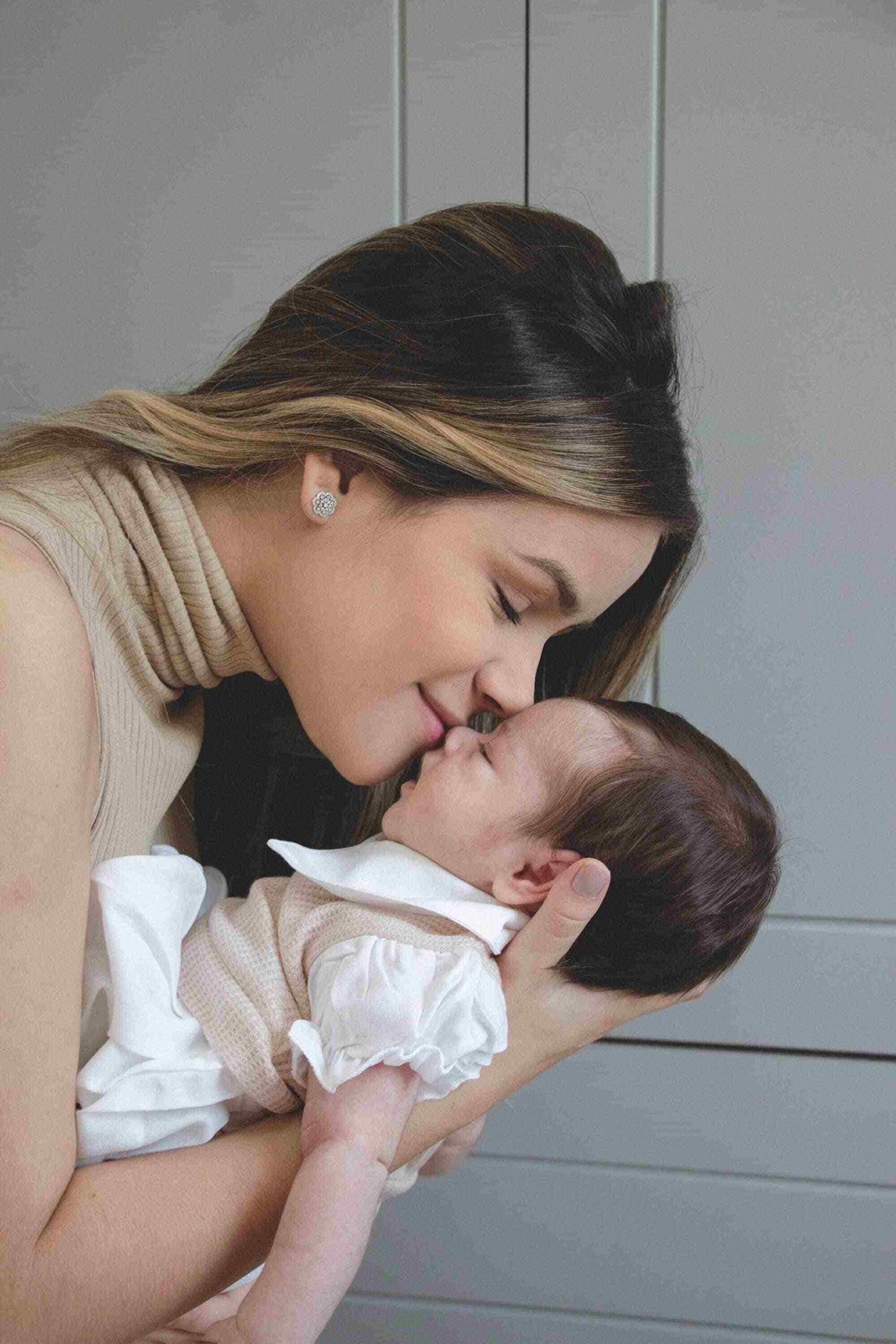What is your attachment style?
Attachment theory describes the patterns of relational behaviour that we develop in response to our early bonds with caregivers. According to attachment theory, there are four main attachment styles: secure, anxious-preoccupied, dismissive-avoidant, and fearful-avoidant. Each affect how we relate to our relationship partners as adults.
Secure attachment
A secure attachment style is based on a positive view of yourself and others, an ability to express yourself emotionally, and a sense of trust and security in relationships. People with a secure attachment style tend to have healthy and satisfying relationships, with strong emotional bonds and effective communication.
Anxious-preoccupied attachment
An anxious-preoccupied attachment style is characterised by a mostly negative view of yourself and a strong need for validation from partners. You may constantly worry about the state of your relationship and feel anxious when you perceive the slightest threat to your bond. People with an anxious-preoccupied attachment style may become overly dependent on their partners for reassurance.
Dismissive-avoidant attachment
With a dismissive-avoidant attachment style, you tend to view yourself positively but avoid emotional intimacy. You may be highly self-reliant and prefer independence and autonomy over close relationships. People with a dismissive-avoidant attachment style may struggle with emotional expression and may avoid intimate relationships altogether.
Fearful-avoidant attachment
Finally, a fearful-avoidant attachment style includes a negative view of both yourself and others. You may have a pronounced fear of rejection, and vacillate between keeping an emotional distance and expressing intense emotions. People with a fearful-avoidant attachment style tend to experience anxiety and ambivalence in close relationships. They often avoid closeness to protect themselves from abandonment.
How attachment theory can help your relationship
Attachment theory provides a useful framework for understanding the dynamics in your couple relationship and for identifying sources of conflict and disconnection. Knowing your and your partner’s attachment styles provides insight into the behaviour and communication patterns that that may be creating problems. For example, a person with an anxious-preoccupied attachment style may need to recognise how their need for constant reassurance and validation can be overwhelming to their partner. In turn, the partner’s dismissive-avoidant attachment style (and emotional withdrawal) can be perceived as rejection. This can create feelings of insecurity and reinforce the other person’s need for reassurance. A person with fearful-avoidant attachment style can benefit from identifying a tendency to sabotage relationships to prevent being abandoned. Understanding the abandonment fear, but not allowing it to determine their actions, can help them develop greater trust and acceptance of the vulnerability associated with intimacy.
Attachment strategies
There are several practical strategies that couples can use to apply attachment theory to their relationships.
How psychologists use attachment theory in therapy
Psychologists use attachment-focused therapy to help couples improve their communication and resolve conflicts. The goal of therapy is to develop greater emotional intimacy and connection by learning to express emotions and needs more effectively. Therapists use guided role-play and modelling to help couples practice more effective conflict resolution skills. Over time, couples develop improved communication and more secure attachment styles which increase relationship satisfaction and well-being.







